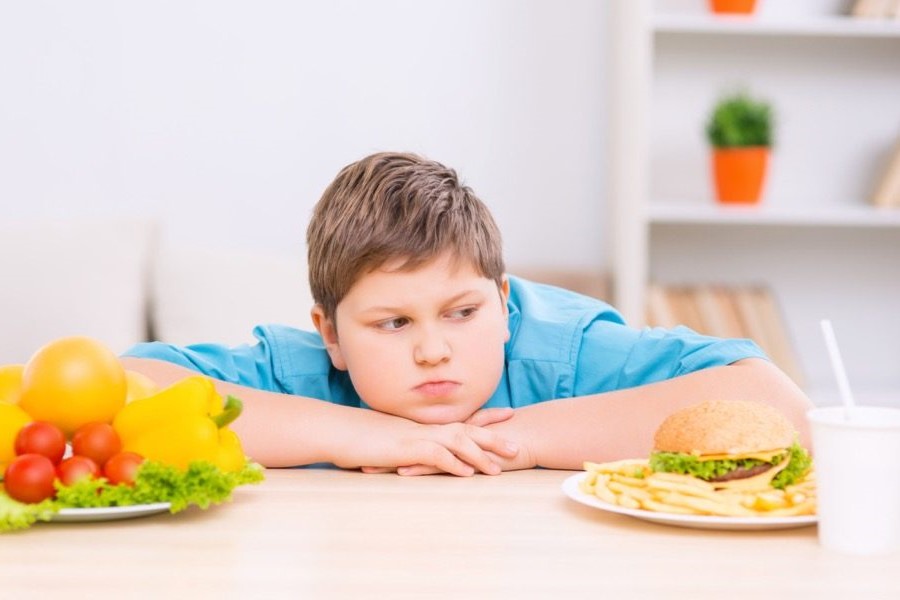
Childhood obesity: risk factors
Childhood obesity is a problem of considerable social importance: a child who eats too much will also, in all likelihood, be an ‘obese adult’, with a greater possibility of complications (diabetes, hypertension, motor difficulties, breathing difficulties as well as psychological difficulties )
Psychological distress due to one’s appearance can already appear at an early age, with shame and rejection of one’s appearance, plus the risk of becoming the victim of jokes from classmates and ‘friends’.
This discomfort can also contribute to the onset of an eating disorder.
Childhood obesity has a multifactorial genesis, i.e. it originates from a set of causes that interact with each other:
- excessive and poor nutrition
- reduced physical activity
- genetic/familial factors.
Obesity is often associated with predisposing factors or hormonal alterations that affect metabolism; in reality, the cases of obesity linked to hormonal alterations such as hypothyroidism or adrenal dysfunction are less than 3%; while a key role is played by parents/family members.
Overeating
Overfeeding in the first years of life, in addition to causing an increase in the volume of fat cells (defined as adipocyte hypertrophy), also causes an increase in their number (i.e. adipocyte hyperplasia); it follows that, as adults, the predisposition to obesity will be greater and losing weight or keeping it within limits will be much more difficult because it will be possible to reduce the size of the cells, but it will not be possible to eliminate them.
Gastric filling is a powerful satiety factor, therefore pay attention to foods with a high energy density (snacks, snacks, etc…) and prefer foods with a low energy density that are able to provide satiety by providing few calories (vegetables, fruit, legumes).
Furthermore, always prefer fresh foods which, compared to ready-to-eat foods, have the advantage of containing more nutrients and fewer preservatives and/or additives.
Childhood obesity and sedentary lifestyle
Outdoor games have almost disappeared, physical education in schools is very limited and at home the games are almost all played on the computer or video games, eliminating that physical activity (running, climbing, rolling) which allows a correct development of body with a correct distribution of fat mass and muscle mass as well as help burn calories.
A light aerobic activity can already help, such as a bike ride in the park, in which the child has fun and stays healthy.
The example of parents
We can’t talk about nutrition education if the parents don’t first start following a balanced diet; It’s hard to imagine a child being the only person in the family eating a side of salad when everyone else prefers a side of fried or otherwise processed foods.
Read Also
Emergency Live Even More…Live: Download The New Free App Of Your Newspaper For IOS And Android
Intravenous Vitamin Infusions: What It Is
What Is Detox And Why Is It Important
Mediterranean Diet: Getting Back In Shape Relies On Anti-Ageing Foods
Mindful Eating: The Importance Of A Conscious Diet
In Search Of A Personalised Diet
The Diabetic Diet: 3 False Myths To Dispel
Why Is Everyone Talking About Intuitive Eating Lately?
Climate Change: The Environmental Impact Of Christmas, How Significant It Is And How To Reduce It
Holidays Over: The Vademecum For Healthy Eating And Better Fitness
Bloated Belly: What To Eat During The Holidays
Traveller’s Diarrhoea: Tips To Prevent And Treat It
Jet Lag: How To Reduce Symptoms After A Long Journey?


